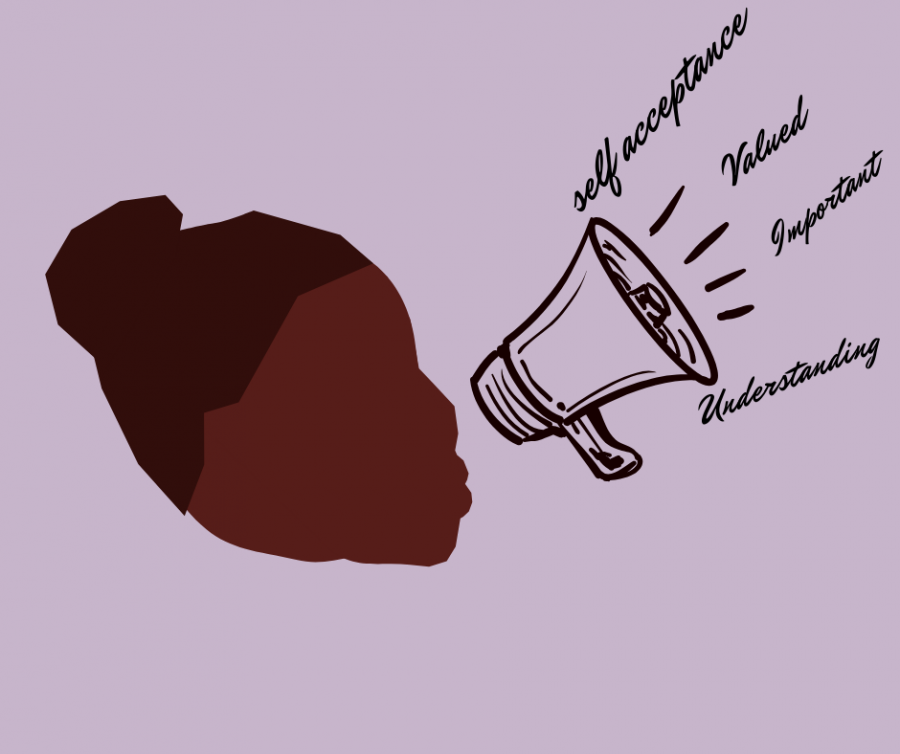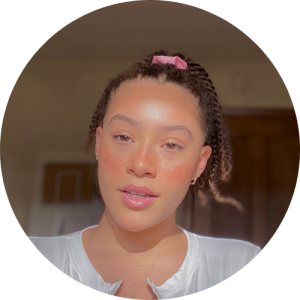OPINION: The power of feeling seen
As a young Black woman, being heard and seen are not the same
February 5, 2020
Growing up, I constantly found myself being the odd one out. Being subjected to having typical Black woman stereotypes and tropes forced upon me.
Once I found the people that I considered icons in the black community or strong Black figures, I began to understand how important it is for Black and mixed children, young adults and adults alike, to see themselves in a variety of roles.
An icon or public figure may not always be the type of person portrayed by the media. There is no almighty example of a Black icon or role model.
When I was growing up, there were a few prominent Black public figures, but they tended to fall within the same three categories: actor, athlete or musician. The variety of what members of the Black community could see themselves as in the future was slim.
The first time I remember connecting with a character on screen was “That’s So Raven” when I was 5 years old. The next occurrence was when “The Princess and the Frog” came out when I was 10.
Like the picture of 2-year-old Parker Curry looking at the portrait of former First Lady Michelle Obama, when we are granted the ability to see people who resemble us in a leadership role or position of power it can become easier to envision yourself in that role.
Article continues below Facebook post.
It often becomes easier to visualize oneself in a role if one can identify with whoever holds the role.
Once I was introduced to strong Black women like Viola Davis, Jada Pinkett Smith and former First Lady Michelle Obama — who do not appear afraid to take up space — I was able to see women that resembled me having their voices heard.
While I was growing up, there was never a question about whether or not to go to college. It was next on the docket. I was not afforded the luxury of another option — if I want to be successful, I have to go to school and put myself in a position to flourish. Yet, it was difficult to envision myself in a college setting. The portrayal of Black figures in the media usually does not encompass Black women as members of academia.
Since transferring to Sacramento State, I have found it easier to view my voice as valid due to the diversity of peers and professors that surround me — I began to understand the power of connection.
An icon can be any person who positively impacts those around them, and can be as simple the person in front of the class or the one sitting next to you.
At Sac State, in the classroom and walking on campus, I rarely find myself questioning the reason for attending college. Being surrounded by peers of similar racial backgrounds has given me a sense of belonging on campus -— I feel less out of place.
When I see people who I can identify with looking like they feel comfortable in their own skin, it becomes easier for me to feel comfortable in the same right.
While there are times where I still find myself questioning the legitimacy of my words and the value of the space I occupy, I am aware that, like everyone else, I have a right to the world around me.
I no longer find myself worrying about sitting in the back of the class because I fear that my hair will block someone’s view and I no longer form my sentences worried about reinforcing stereotypes that others have forced onto me.




































































































































